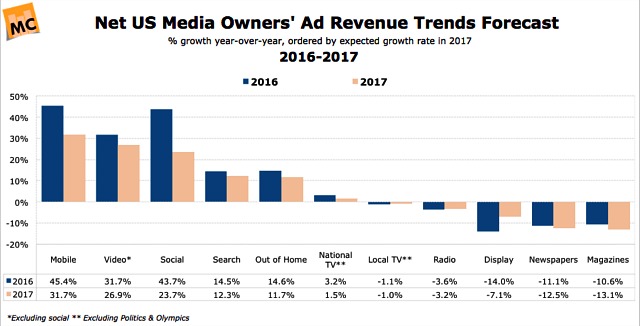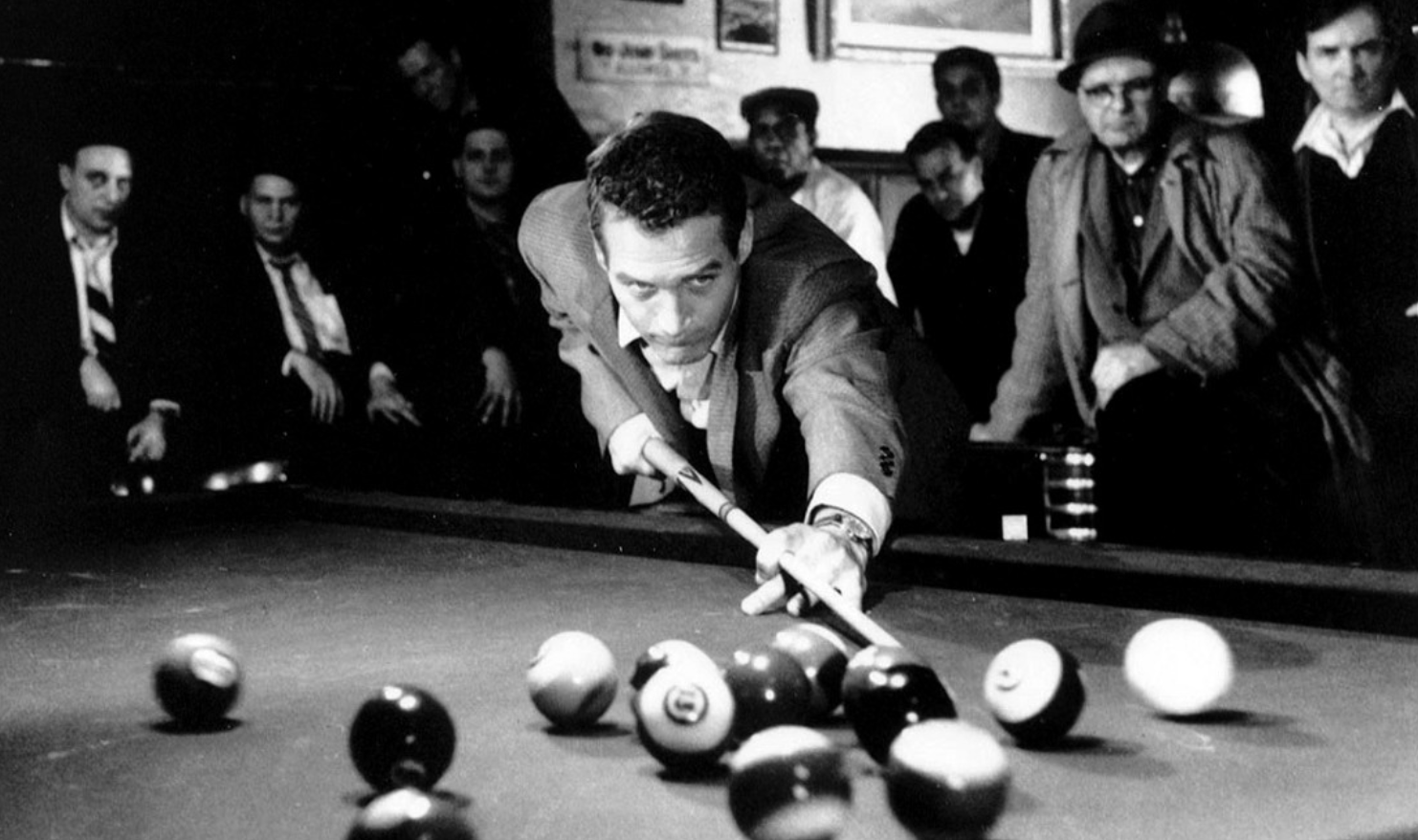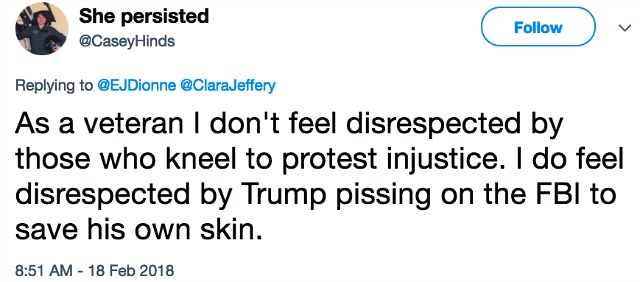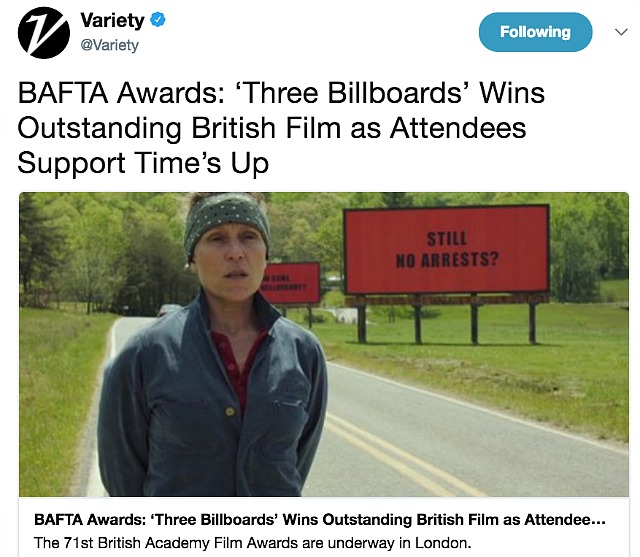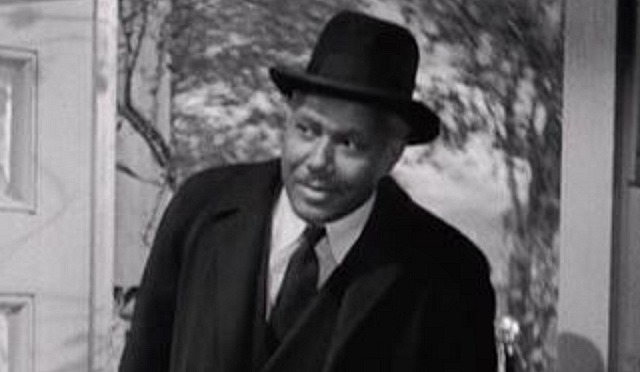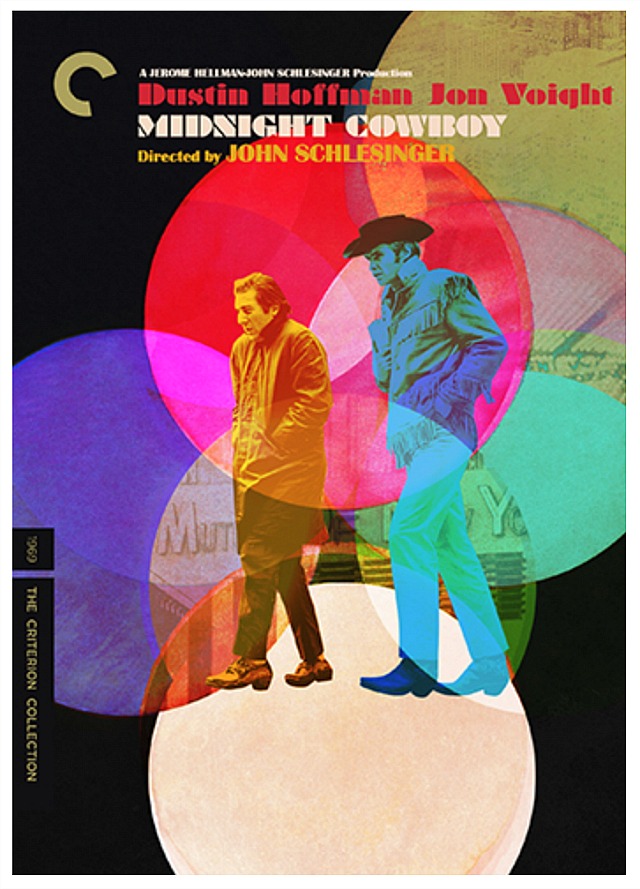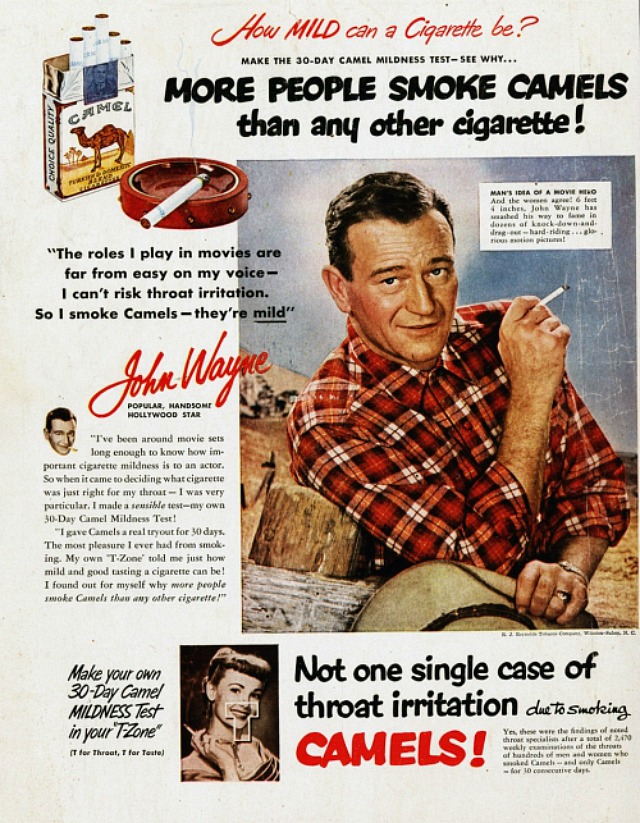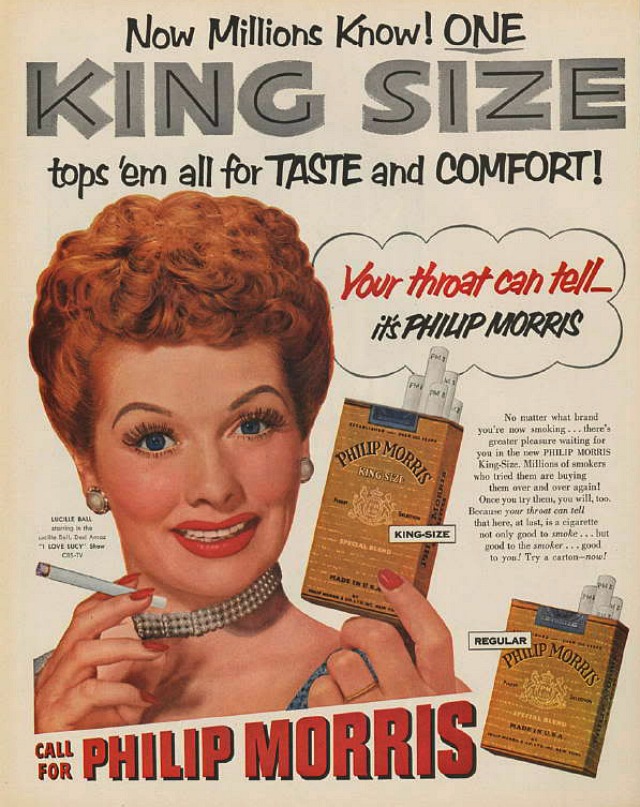Hollywood Elsewhere is looking to expand its sales effort by hiring an enterprising, eager-beaver, bushy-tailed go-getter to augment off-season ad sales (mid-March to early October). But you’d have to know the theatrical-Bluray-streaming ad realm to some extent. You can’t be too wet behind the ears. Our first instinct would be to hire either N.Y. Times movie critic Glenn Kenny or former MTV movie guy Kurt Loder, as either one of these two gentlemen would bring a certain class and erudition to the task. Failing that, HE is serious about this opportunity for the right candidate. It’s a decent opportunity for a little extra dough on the side. Fire off an email to seanj048@gmail.com.
